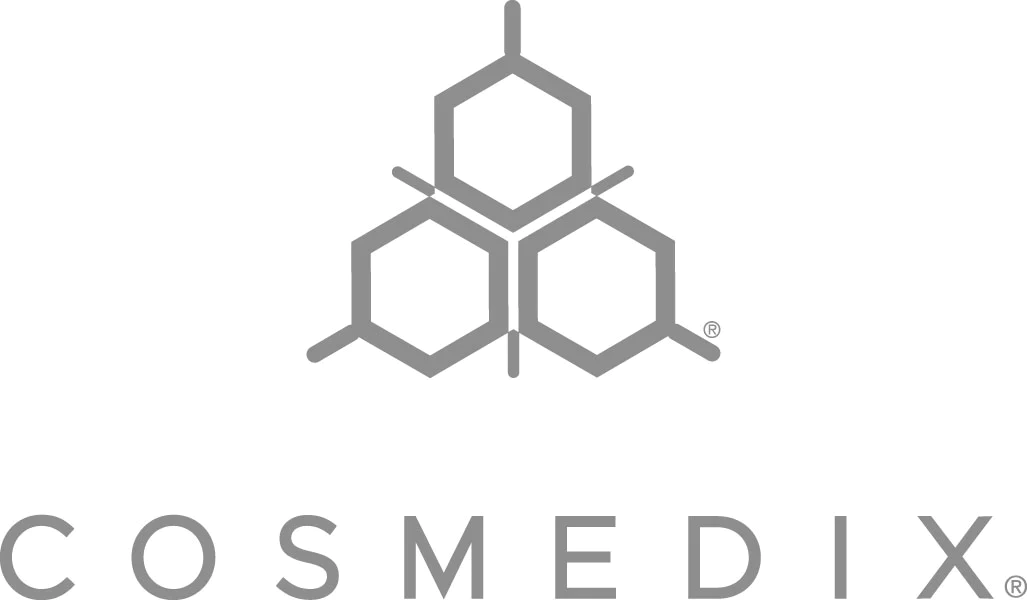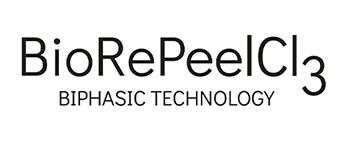Laser hair removal is a cosmetic procedure that involves the use of concentrated beams of light to target and destroy hair follicles.
The process is designed to permanently reduce or eliminate unwanted hair on various parts of the body, including the face, legs, arms, underarms, bikini area, and even small areas like fingers.
How does it works:
- Selective Photothermolysis: At the heart of laser hair removal is a principle known as selective photothermolysis. This principle relies on the ability of lasers to selectively target specific tissues while minimizing damage to surrounding skin. In the case of hair removal, the laser emits a wavelength of light that is absorbed by the pigment (melanin) in the hair follicles.
- Absorption of Light: The melanin in the hair follicles absorbs the light energy from the laser, which is then converted into heat. This heat damages the hair follicles, inhibiting their ability to grow new hair. Importantly, because the laser targets melanin, it is most effective on dark, coarse hair, as the pigment absorbs more light.
- Multiple Sessions: It’s important to note that laser hair removal typically requires multiple sessions to achieve the best results.
This is because hair grows in cycles, and the laser is most effective when targeting hair in the active growth phase (anagen phase).
Since not all hair follicles are in this phase at the same time, multiple sessions spaced several weeks apart are necessary to target as many follicles as possible.











